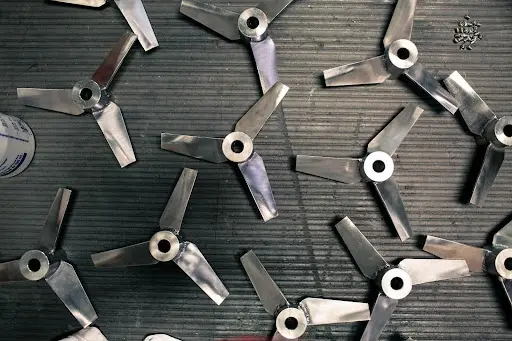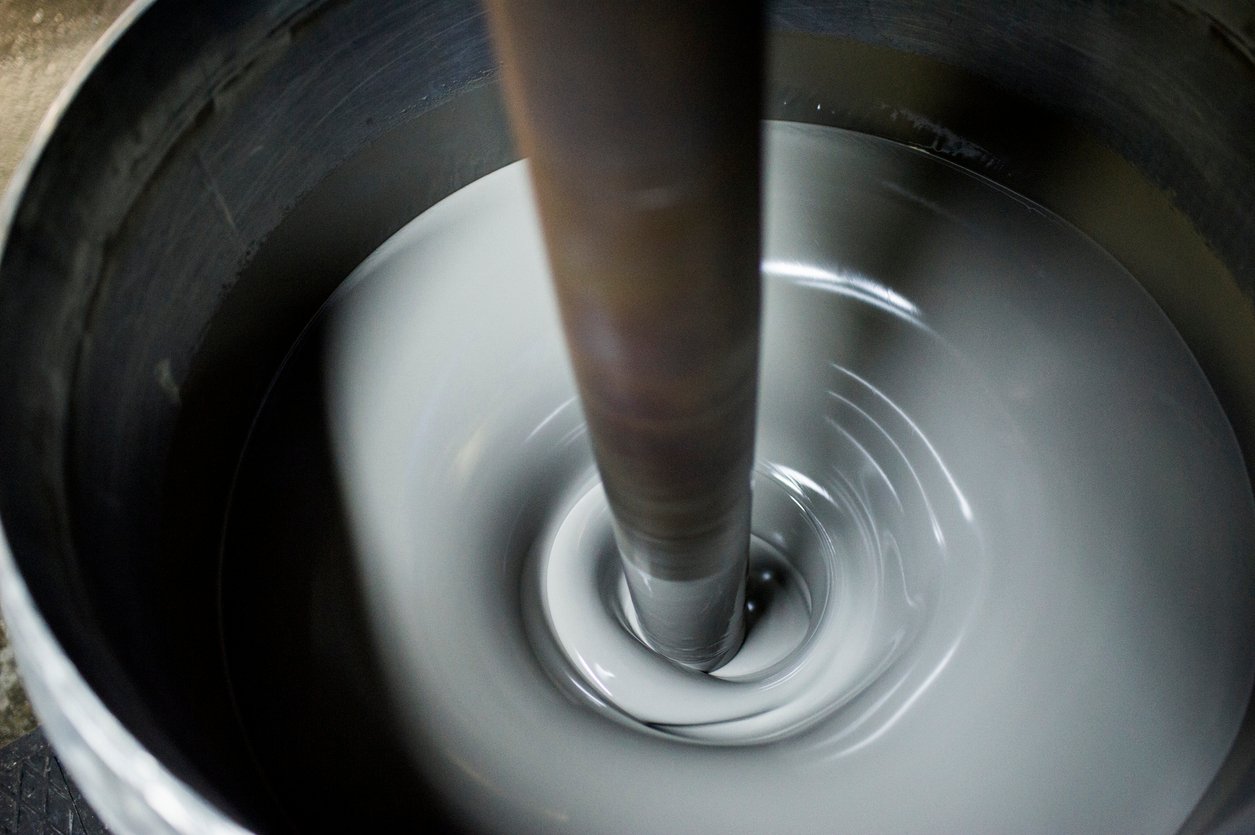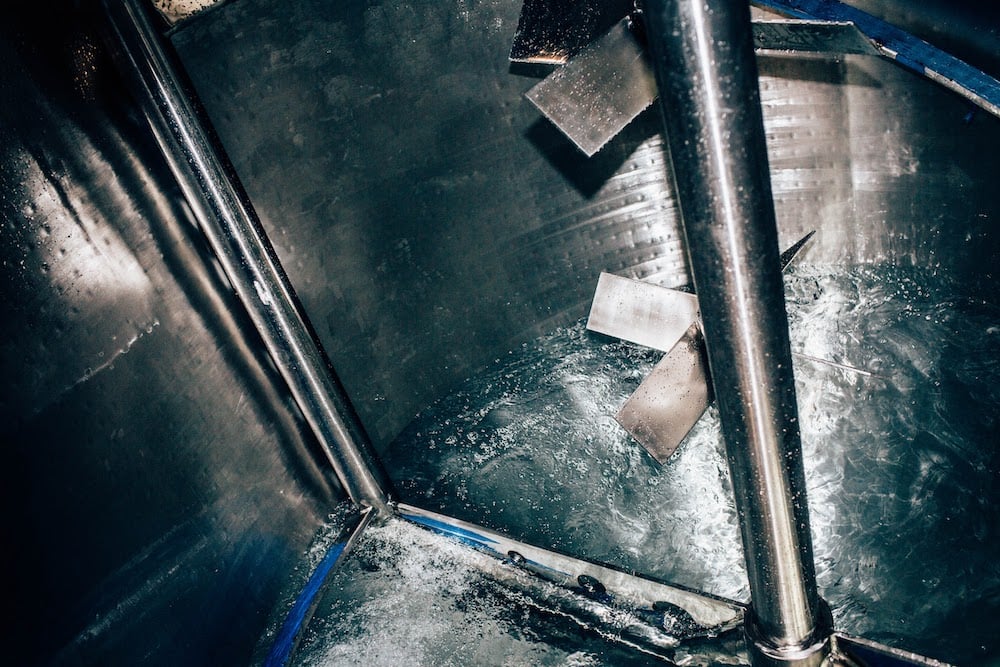Mixing Impellers vs. Propellers: What’s the Difference?
When it comes to mixers, there are several ways to describe the part that actually spins the mixture. There are impellers, propellers, blades, foils,...

Access MXD Process resources including blogs, technical guides, manuals, and maintenance tips—everything you need to optimize, troubleshoot, and expand your process knowledge.
Discover who we are, the industries we serve, and the trusted brands behind our process equipment and environmental solutions. Learn how our team brings precision, innovation, and reliability to every project.
You have probably utilized low shear mixing and didn't even realize it. According to recent coffee statistics, half of America's population are coffee drinkers that consume about 3 cups of coffee a day. That comes out to about 159 Million people. Now, lets say that half of those 159 million people added cream to their coffee. If you have prepared coffee by adding cream and stirred it an appropriate rate of speed, then you have performed a raw, small scale version of the concept of low shear mixing.
Low shear mixing or low energy mixing can easily be translated to the general blending of a product without reducing particle size in your mixing process. Low shear mixing is a great option when you need to mix products that are easily combined.
Substance compatibility and viscosity are two major factors when deciding on the level of shear in your choice of industrial mixer. Substance compatibility simply means that the ingredients in your mix can be easily combined into one product.
Viscosity is a little more complicated. It can be defined as the thickness or stickiness of substance based upon its internal friction. Low shear mixing is typically low viscosity mixing as well. If you have a low viscosity substance and your materials are easily combined then low shear mixing is the way to go.
There are several industry applications that require low shear mixing. These include:
The large majority of our industrial mixers offered online are crafted specifically for low shear mixing. Some popular types to note include are the top entry mixer and our portable line of mixers, like clamp mount mixers, tri-clamp mixers, and drum mixers.
There are several suitable options for mixing blades when it comes to low shear mixing. This list includes hydrofoil impellers, propellers, right handed propellers, steep pitch propellers, and a host of customizable options.

When it comes to mixers, there are several ways to describe the part that actually spins the mixture. There are impellers, propellers, blades, foils,...

Ever wonder how industries keep up with the huge demand for everyday products? Industrial mixers are a big part of the answer. Whether it’s food,...

Designing an effective mixing system for industrial applications might seem straightforward, but it’s all about finding the right balance—especially...